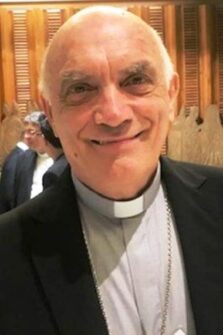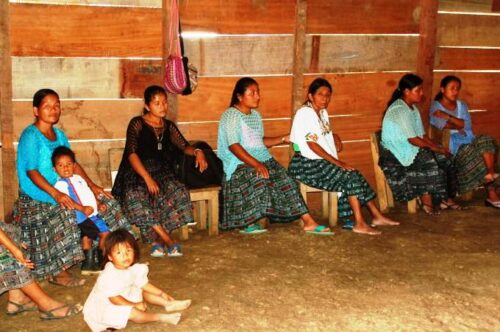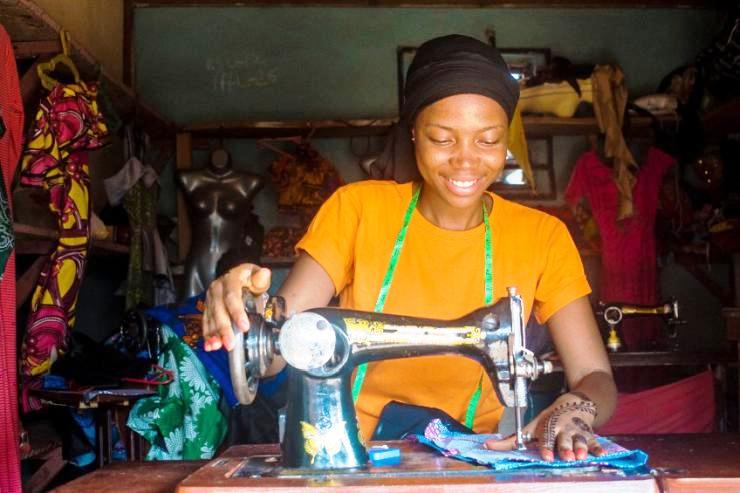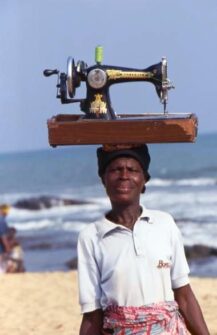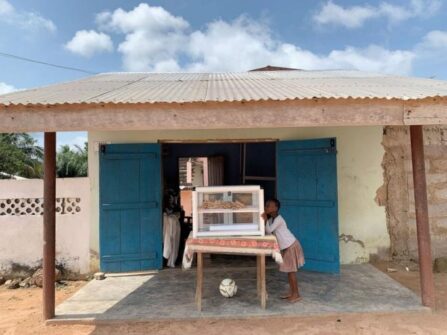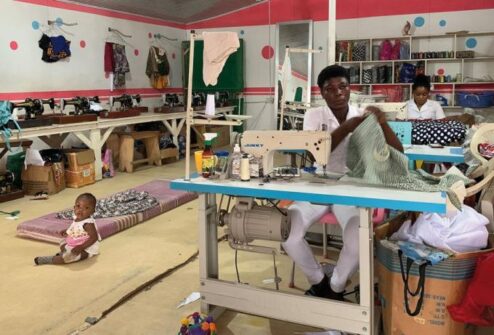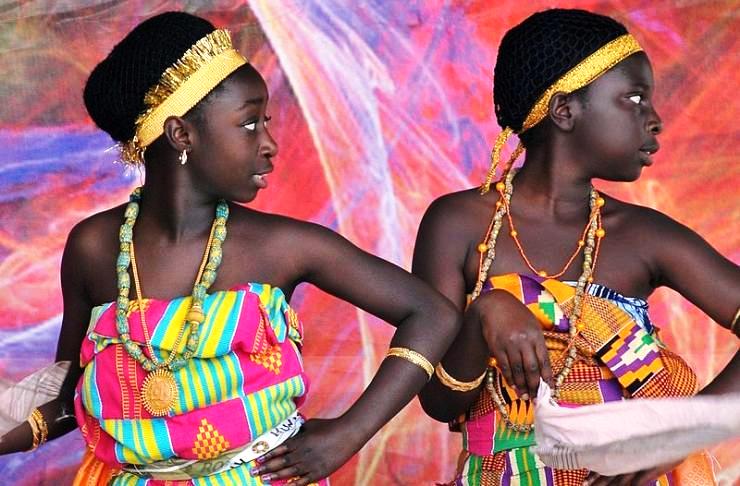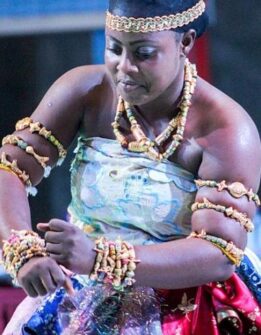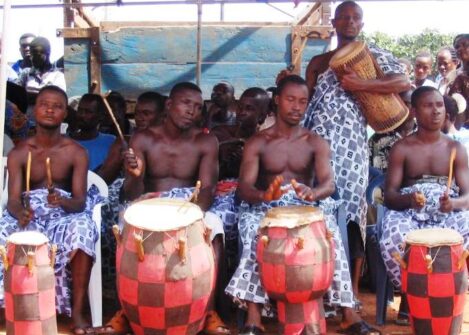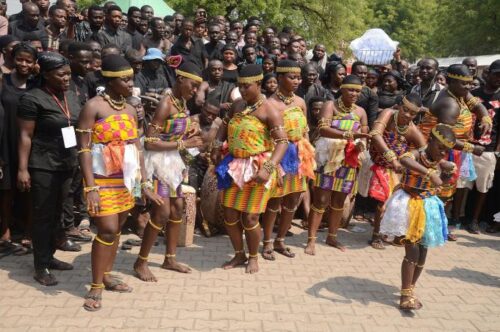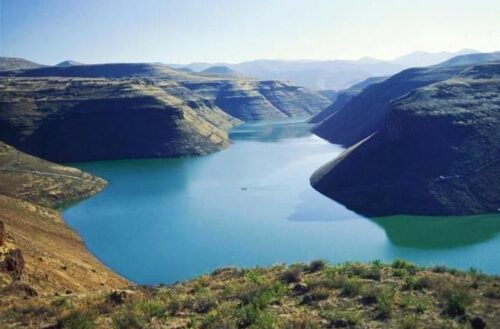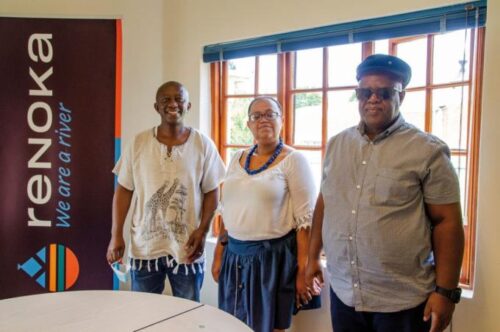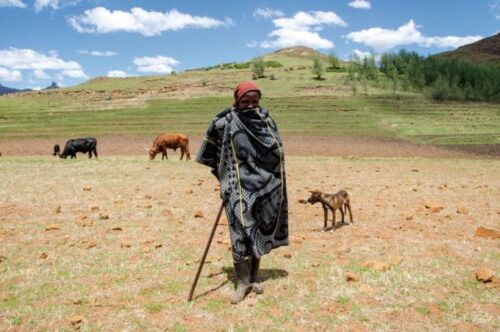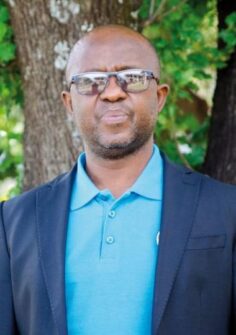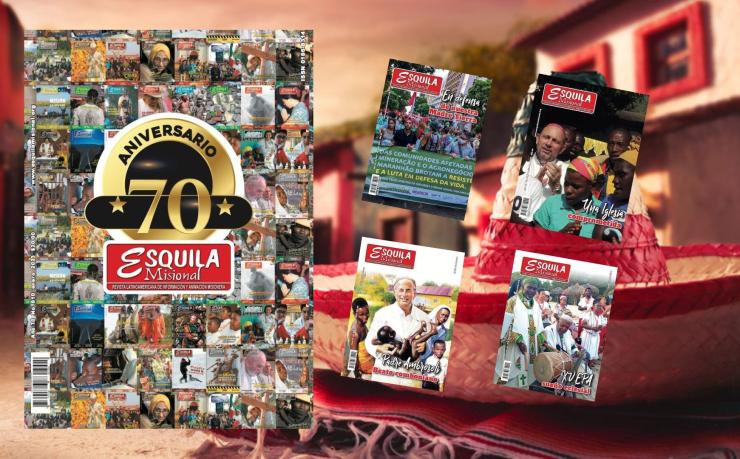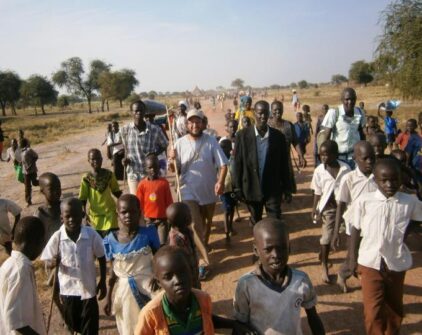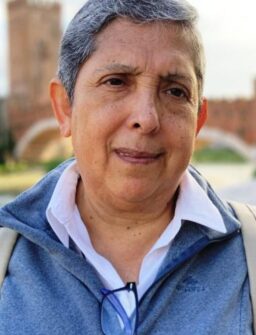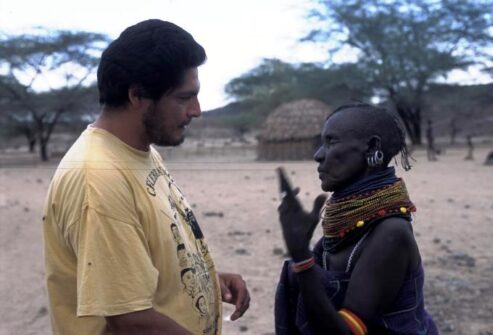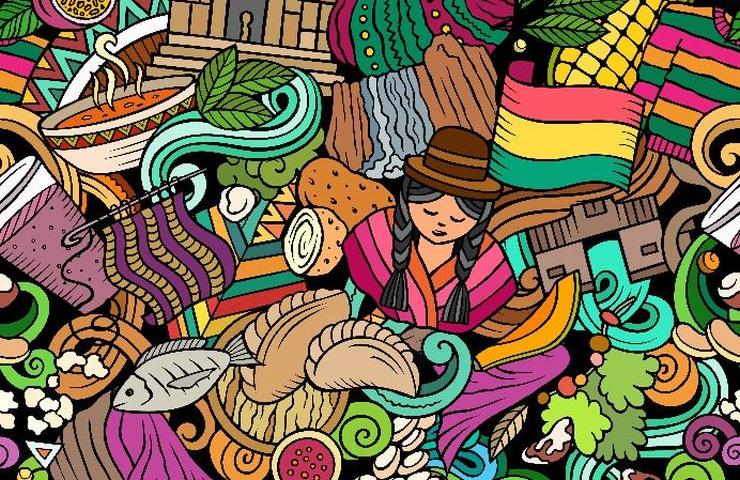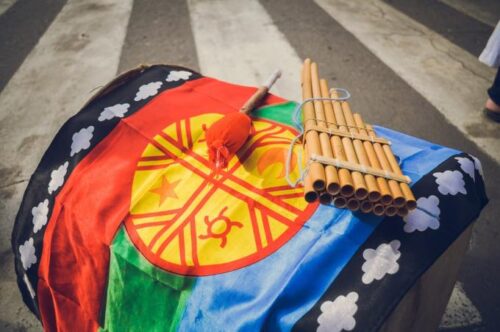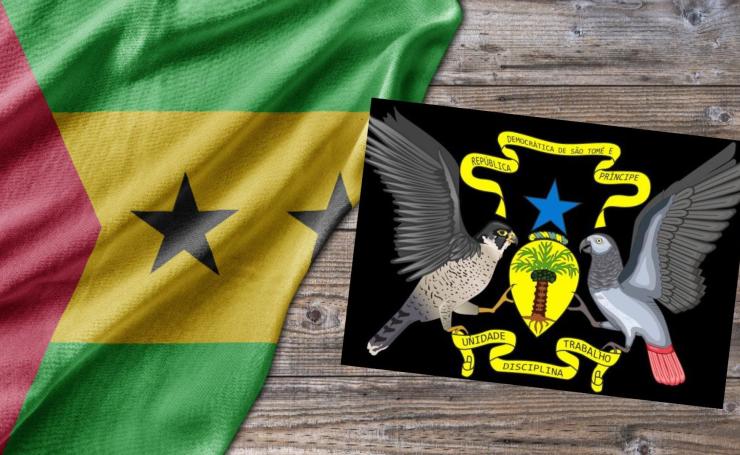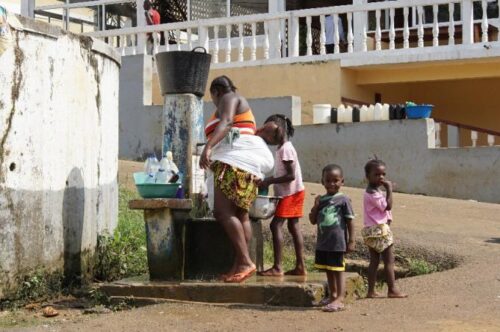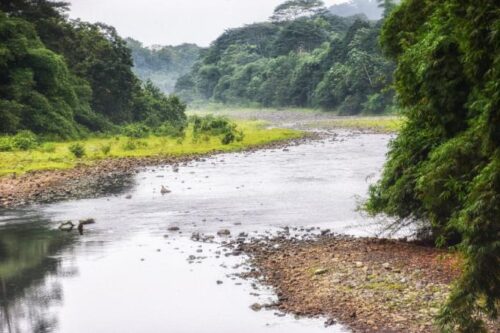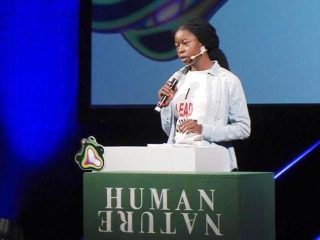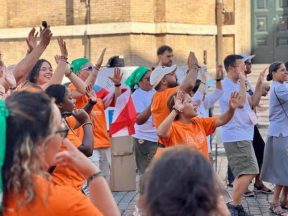Bolivia. Anata. The Aymara Carnival.
The Anata festival – Anata in Aymara means game – is of pre-Hispanic tradition. It is a moment of joy or Kusisiña. In the Anata,
the relationship between the jaqi (person), nature
and divinity is manifested.
The Anata celebration is generally held in February, with a movable date, during the rainy season, when the plants are in full bloom. For the Andean world, it is a ritual and therefore a sacred moment in which the Andean deities, the apus, the achachilas, the uywiris and basically the Pachamama or Mother Earth are evoked.
In the Andean way of being, the Aymara Ch’allan families thank the Pachamama for the first fruits of the sowing. And this gratitude extends to all of nature, animals, homes, possessions, etc.
It is a sacred period (Waman Puma) and the month of the great maturation of the potato, in which people (jaqis) begin to eat the first fruits. This appreciation shows the festive behaviour of the Andean populations in relation to the agricultural process of plant maturation and growth. That is why Anata is also a cultural expression
of phytolatry or plant worship.

Photo: Pixabay
In the month of February, the time of jallupacha (time of rains), the potato plants flower, bearing in due time the fruits expected by the community: potatoes, quinoa, beans, etc.
The Anata is not a simple expression of play or amusement, but a sacred act of thanksgiving to the Divinity. Playing or Anata is a set of socio-cultural expressions: family, dance, music, clothing, rites, food. It is a time of relationships between men and nature: it is the time to evoke the spirit of the things that surround the Andean people. Because in this time of play, everything that surrounds the jaqi (person), work tools, agricultural products, nature and other things come to life; they are beings who eat and drink. This Andean way of being guides the relationships between the jaqi, divinity, and nature.
Life does not come from being or from the person itself, but from the divinity, the Pachamama. This deity is the generator of life and death. For this reason, when plants flower, it is more than a natural cycle, it is a blessing from Pachamama, Mother Earth. It is the time of fertility, or jallupacha, to be greeted with joy, so that it returns next year.

Photo Pixabay
The Andean anata begins with the arrival of the Guerramallkus, the ancestral spirits. After that, the festivities begin with the entry of the various groups. Each group dresses up as thapakayus, as bears or other animals, and as other characters. Everyone dances to the sound of pinkillu (typical festival music) and pututu (a pierced horn, which can be made from the horn of a goat or a cow).There are three main moments in the party. The first is the family celebration or the so-called ‘fiesta chica’ or ‘fiesta’ jiska uru anata. The second is the community celebration or big community festival, as jach’a anata uru. The third is the farewell party or cacharpaya.In the Jisk’a Anata uru (small festival), the branding or k’illpa of the cattle takes place and the ears of the llamas, alpacas, sheep and heifers are decorated with multicoloured wool. People dance to the music of the tarqueada and the songs are dedicated to their herds and nature.The central part of the fiesta is traditionally known as jach’a anata uru (the big game or big party), in which Andean youths play with water, flowers and mak`unkus (green potato fruits).

Photo: Pixabay
During the party, they visit each other, going from house to house. When the visiting group arrives, one of them must leave a plant as a sign of blessing or thanks for the welcome. For his part, the householder provides them with food, drinks, mixed drinks, festoons and sweets. He thanks them for their visit and for having honoured him with the joy they bring. That is why pijchea and Ch’alla (chewing coca, drinks and food) are shared on this day, thanking Pachamama and God for blessing them with the new fruits which are the real hope for sustaining life. The foods each have their own spiritual name: the potato is called llallawamamala, the corn p`aqola mamala, the wheat mamateresa, the lacayote jak`alairani, the papalizo or ulluku q`illupullira, the goose awkiawki, the izañu qoripututu and others. On this ceremonial day, each of them speaks at the two tables, qharimesa (men’s table) and warmimesa (women’s table) set by the owner of the house from the first day of the festival.Another important moment is the visit to the takawa (sacred place). This is the place that protects the community or the Ayllu. There they prepare two tables for the ch’alla, the pijchea, the jich’i and the kanka (typical food of the feast, new potatoes, and a piece of roasted meat). Food is shared.The dances that are performed in this period of Anata are the Qhachwa (love dance), the anatiris (anata dance) and the Chaywanata (potato dance).
The Qhachwa is the dance of love and marriage invitation. It is performed by unmarried young people who dance to the rhythm of pinquillos and wanqaras. According to tradition, this period of Anata is the best time to get married. For this reason, young people arrange to participate in the Qachwa and dance on the hill of love (munaypata) and choose their future partner.

Photo Max Pixel
The dance of the antiris is a youth dance from the time of Anata. Young men of both sexes beautifully dressed in their festive costumes dance on the day of the Jach’a Anata (great festival). After dancing through the sayañas and fields, they enter the square with great joy, to the rhythm of wanqara music.The Chaywanata dance is the dance of the pampa region Koani, performed by peasants. Their festive costumes are made with the material elements that are used for the daily agricultural work: chaquitaclla (hoe), basket, aguayo, etc.
The dancers of the Chaywanata are characterized by the fact that they wear, together with their clothes, the material elements of the cult of nature: sheepskins, flowers, a potato necklace around their neck, work tools, etc.After a week of partying, the moment of goodbye arrives, the cacharpaya. The community says goodbye to jallupacha time, Anata is leaving but will be back next year. The Guerramallkus, the ancestral spirits, after having gone around the houses three times in a row, set off to the west of the sun. People return to their homes accompanied by the sounds of the qhonqota, the pinkillu and the pututo. The Anata festival ends with a big thank you to Pachamama, Mother Earth.
Jhonny Mancilla




